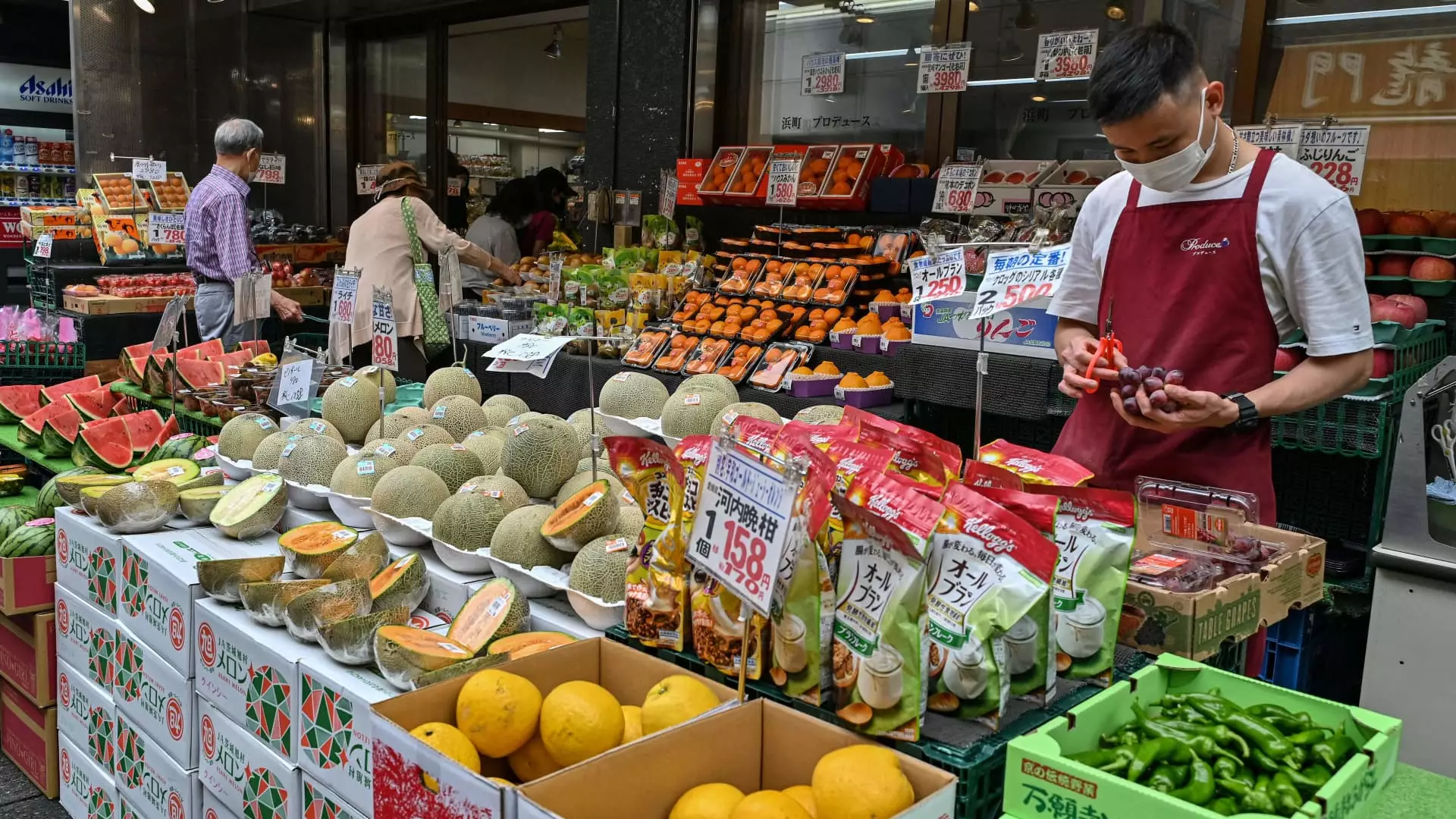As of October, Japan’s inflation rate registered a decline to 2.3%, marking a notable decrease from the previous month’s rate of 2.5% and reflecting the lowest level since January. This slight ebb in inflation might seem modest, but it carries significant implications for the Japanese economy. The core inflation rate, which omits the price fluctuations of fresh food, also settled at 2.3%, dipping slightly from September’s figure of 2.4%. This aligns closely with the expectations of economists, although it still surpassed the predicted 2.2%.
Such figures reveal a complex economic scenario: while some inflation remains, the downward trend poses challenges for policymakers. The deflationary pressures call into question the durability of Japan’s economic recovery and the sustainability of wage growth, pivotal components of a healthy economic cycle.
The Bank of Japan (BOJ) has long pursued a goal of fostering a “virtuous cycle” that links wage growth to rising prices. However, the recent inflation figures could compel the BOJ to reconsider its current monetary policy stance, particularly its commitment to maintaining low interest rates. A weak inflation scenario tends to signal that consumer spending and economic activity are not robust enough to justify an aggressive tightening of monetary policy. Given these economic indicators, the BOJ may feel pressured to uphold its accommodative measures to stimulate growth and encourage spending among consumers.
Additionally, it is crucial to note the “core-core” inflation rate, which eliminates both fresh food and energy costs. This metric has registered an increase to 2.3% from September’s 2.1%. This increase in the core-core rate may intrigue policymakers, as it suggests that underlying price pressures might be more persistent than headline figures imply.
Looking ahead, financial analysts maintain a cautious eye on the potential for an interest rate increase. Recent surveys indicate that 55% of economists anticipate a 25 basis points hike during the BOJ’s December meeting, which would elevate the benchmark policy rate to 0.5%. Such adjustments, if implemented, could signify a pivotal shift in Japan’s economic landscape as the central bank reassesses its strategies in light of new data.
In a recent statement, BOJ Governor Kazuo Ueda highlighted the possibility of sustained wage-driven inflation, warning against the dangers of persistently low borrowing costs. With the BOJ’s latest evaluations suggesting that if economic conditions align as projected, the policy rate could approach 1% by the latter half of the fiscal year 2025, the central bank seems poised for a gradual change.
Japan’s economy finds itself at a crossroads, grappling with declining inflation rates even as certain metrics hint at a more robust underlying demand. As the BOJ navigates these complex waters, its policy decisions will be critical in shaping the trajectory of economic recovery and the labor market. The balance between encouraging growth and controlling inflation will determine the effectiveness of the nation’s monetary strategies in the coming months. As we approach December, all eyes will be keenly focused on the BOJ and its responses to these evolving economic indicators.


Leave a Reply